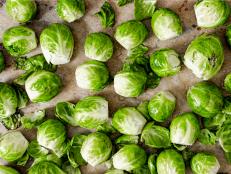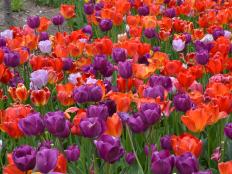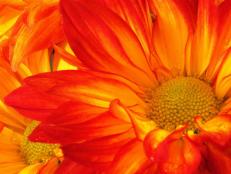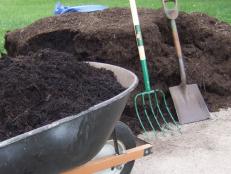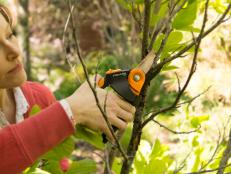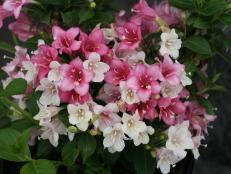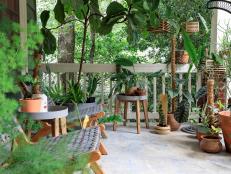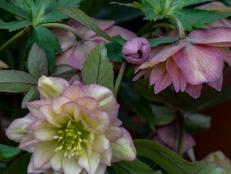Grow Guide: How to Grow Brussels Sprouts and Get Your Squash Plants to Produce
Tips for growing these love 'em or hate 'em brassicas and how to pollinate your squash.

Image courtesy of Felder Rushing

Question:
I tried growing Brussels sprouts for the first time this past season. The plants flourished but the sprouts themselves never got big enough to pick. What should I do to get sprouts big enough to pick this season?
Answer:
Thanks for writing about your Brussels sprouts, which are kinda tricky for many gardeners. The plants, related to cabbage, grow best in a long, cool season - not really cold or hot. Anything that causes them to stop actively growing even temporarily, such as drought, deep cold, or high temperatures, can cause the plants to shut down side shoot production.
Sometimes it helps to cut the tops back, to force energy into the little side shoots. Just snip off the tip of the plants, and give them a dash of liquid fertilizer which goes to work very quickly.
Luckily, Brussels sprouts can be grown in both spring and fall when the weather is just right. For spring sprouts, set transplants out in late March or April in your area; try setting out more plants in late August or September to get a decent harvest before hard winter sets in.
Set out small plants, which have not had time to get “stuck” while still in their little pots, and keep them growing actively with regular water and small amounts of fertilizer.
The “Yuck” Factor
By the way, in spite of its high vitamin C and iron content, many people simply can’t stand eating Brussels sprouts. British scientists, looking for a reason why so many people shun this popular side dish, discovered that the vegetable contains a chemical which naturally tastes bitter to humans. Whether or not you can tolerate the taste depends on a particular gene in your DNA, which in some people is mutated so they can’t taste the bitterness.
Apparently about half the people tested have the mutation, so they enjoy eating the healthful green leaf balls. Half don't have the mutation, so the dish tastes bitter no matter how much salt, bacon fat, or melted butter they add.
Turns out, it really is one of those “love them or hate them” kinds of things, and there’s nothing you can do about it because the gene, with or without its mutation, is with you for life.
So good luck with growing them, but don’t be harsh on family members who turn up their noses at them - they aren’t just being finicky, they can blame it on their DNA. Honestly.
Question:
Last year I tried growing squash, but the squash kept shriveling and getting moldy before it would get big enough to pick. What kind of disease was this, and can I keep it from coming back this year?
Answer:
I know this is going to sound weird, but it is more likely to have been caused by a lack of pollination. See, squash (and melons, cucumbers, and gourds) have separate male and female flowers on the same plant. They look alike from the outside, but a male flower is on a simple stem and has a central stem with pollen on it; female flowers are on the ends of what look like immature fruits. Unless pollen is carried from the male flower to a female flower - which is usually done by bees - then the female fruit won’t develop. It will simply stop growing, and either drop off or develop a fungus that finishes it off.

Image courtesy of Felder Rushing
Sounds weird, but if you don’t have bees working your flowers, you may have to play “birds and the bees” yourself. Simply pluck off a male flower, peel away the outer petals, and use it like a mascara brush to apply pollen to an open female flower. Within just three or four days you should be eating plump squash fruits!

Image courtesy of Felder Rushing
Gardening expert and certified wit Felder Rushing answers your questions and lays down some green-wisdom. You can get more of your Felder fix at www.slowgardening.net.

.-Battle-on-the-Beach-courtesy-of-HGTV.-.jpg.rend.hgtvcom.196.196.suffix/1714761529029.jpeg)




